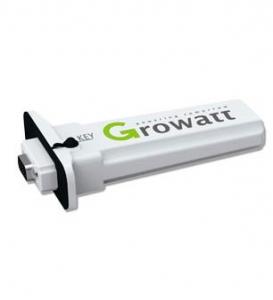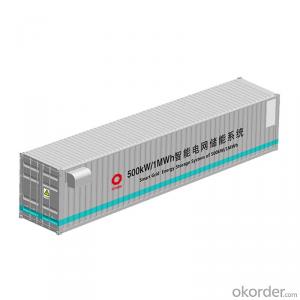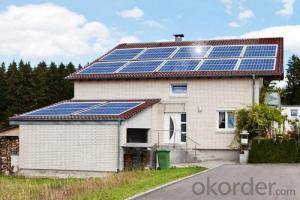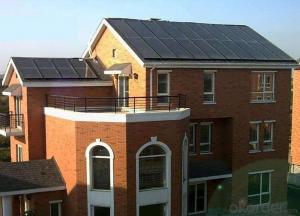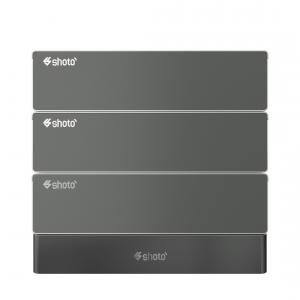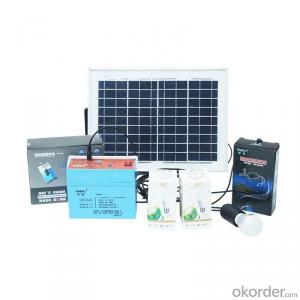Inverter Replacement Solar
Inverter Replacement Solar Related Searches
Solar Inverter Replacement Replacing A Solar Inverter Inverter Solar Solar Solar Inverter Inverter Battery Solar Inverter In Solar Inverter For Solar Power Inverter Solar Inverter Solar Panels Solar Inverter Upgrade Inverter With Solar Input Inverter With Battery Solar Battery Inverter Solar Inverter Power Solar Install Solar Inverter Solar Inverter Installation Inverter In Solar Energy Inverter Charger Solar Battery Solar Inverter Convert Inverter To Solar Inverter With Solar System Use Of Solar Inverter Power Solar Inverter Inverter Solar System Inverter Solar Battery Solar Energy Inverter Solar With Electric Inverter Upgrade Solar Inverter Inverter For Solar Battery Solar Electric InverterInverter Replacement Solar Supplier & Manufacturer from China
Inverter Replacement Solar products are a crucial component in solar energy systems, designed to convert the direct current (DC) produced by solar panels into alternating current (AC) that can be used by homes and businesses. These devices play a vital role in ensuring the efficient operation of solar power systems, and their reliability is paramount for the overall performance of the setup.In various application and usage scenarios, Inverter Replacement Solar products are indispensable. They are commonly found in residential, commercial, and industrial settings, where solar energy is harnessed to reduce electricity bills and contribute to a sustainable environment. These inverters are also used in off-grid systems, such as those powering remote cabins or emergency backup power supplies, making them an essential part of modern energy solutions.
Okorder.com stands as a leading wholesale supplier of Inverter Replacement Solar products, boasting a large inventory to cater to the diverse needs of customers worldwide. With a commitment to quality and customer satisfaction, Okorder.com ensures that the inverters they provide are reliable, efficient, and compatible with various solar panel systems.


